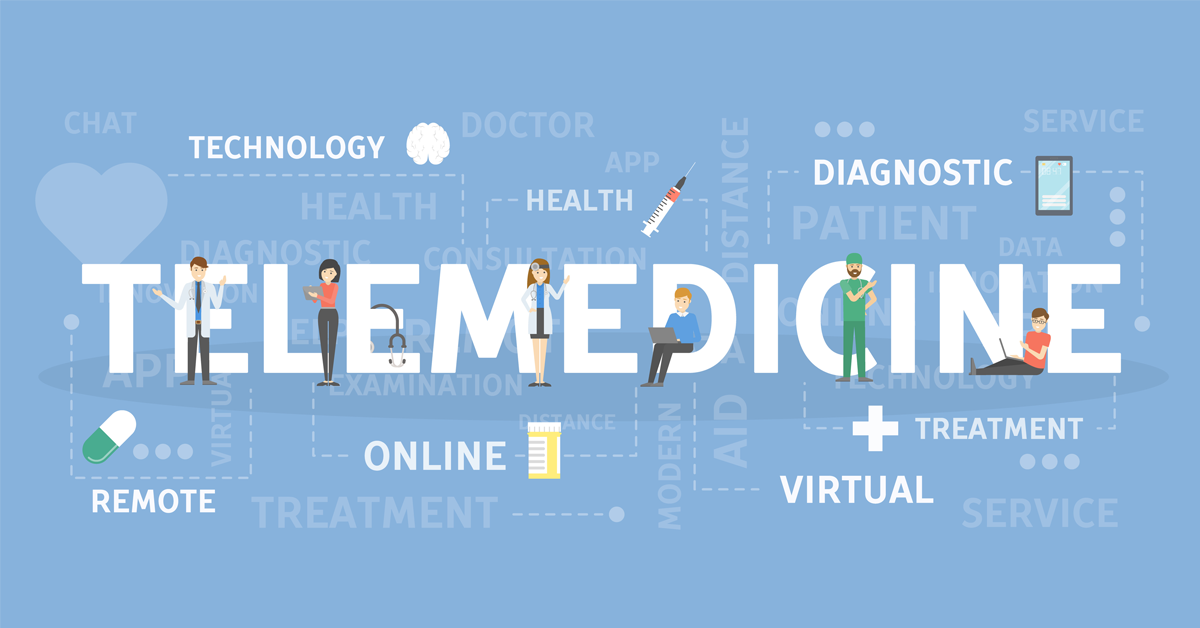In addition to toothy smiles and reward stickers, pediatric practices run on efficiency. Streamlined systems are essential for providers, administrators, staff members, patients, and their families.
This is especially true when prescribing medications, including controlled substances. In pediatrics, the most common controlled substances are typically ADHD medications. These maintenance drugs are extremely important to your young patients, and a delay in receiving them can affect the patient's entire family.
Are you wondering whether electronically prescribing these medications is valuable for your independent pediatric practice? Here are five benefits of electronic prescribing of controlled substances (EPCS).
1. Streamlined Clinical Workflow
When you’re working within your...


















